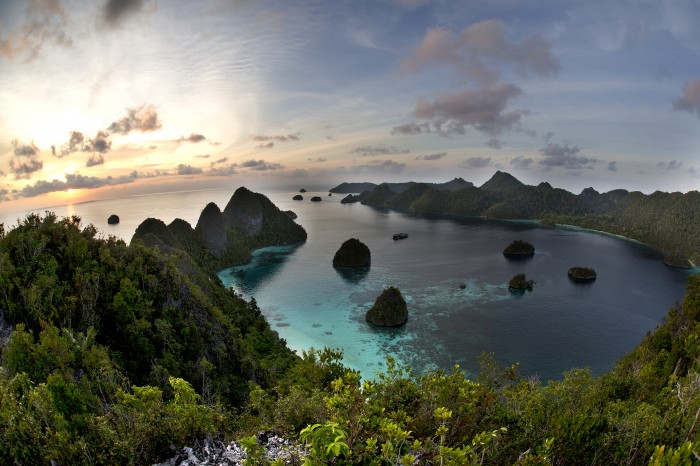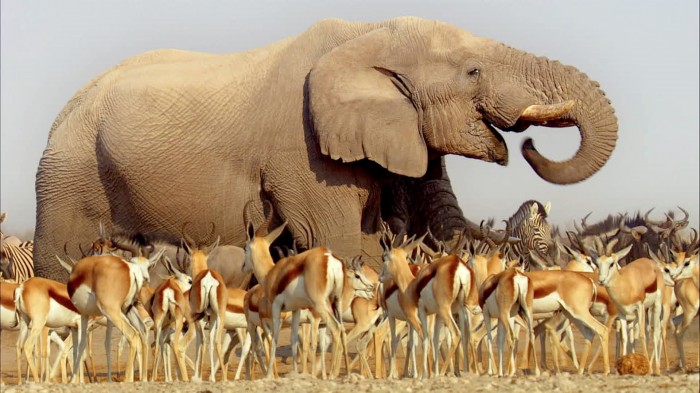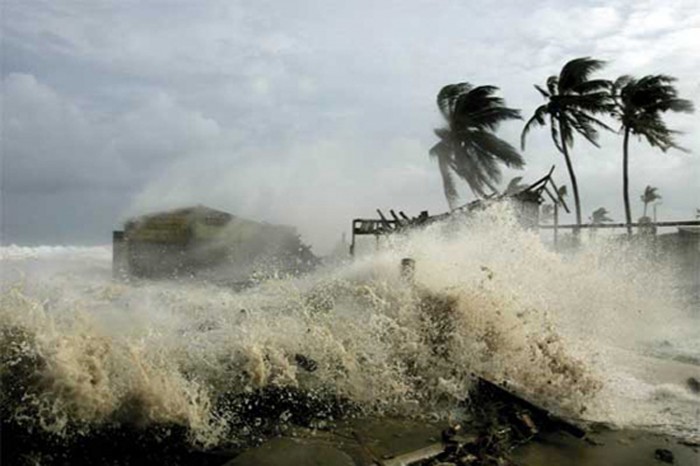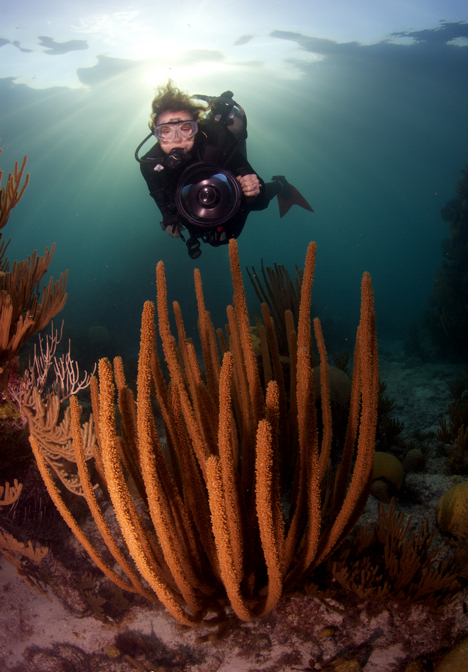Our Cities, Our Planet: Living in the Age of Humans

Islands of West Papua New Guinea from the IMAX film, “Journey to Planet Earth.” credit: ©2013 IMAX
Corporation and MacGillivray Freeman Films / Photographer: Shaun MacGillivray
The annual Environmental Film Festival in the Nation’s Capital is marking its 22nd year in Washington by showcasing more than 200 documentary, narrative, animated, archival, experimental and children’s films from 38 countries chosen for their fresh perspectives on the theme “Our Cities: Our Planet.” From March 18 through March 30, the Festival will explore the challenges faced by the world’s cities as they strive to balance environmental and economic needs.
The Environmental Film Festival has become the leading showcase for environmental films in the United States. Films are screened at more than 65 venues throughout the Washington metropolitan area, including museums, embassies, libraries, universities and local theaters. Most screenings include discussion with filmmakers and environmental experts and many are free. For a complete schedule, visit the Festival website.

An African elephant towers above herds of antelope and zebra as they congregate at a precious waterhole on the Etosha salt pan in Namibia. From the film “Africa: Kalahari,” a Jackson Hole Film Festival award winner.
Living in the Anthropocene
In addition to the films being shown at Smithsonian venues, the Festival is presenting several films in collaboration with the Smithsonian initiative, “Living in the Anthropocene: The Age of Humans,” examining the tangible impact of humans on the planet’s ecosystems.
- The Last Call asks whether earth can continue to support life without permanently depleting its resources.
- Extreme Realities, a world premiere, explores the links between human-induced climate change, extreme weather and national security. Issues surrounding coastal development, erosion and rising sea levels are also considered, as well as changing conditions at Earth’s polar extremes.
Opening Night
Opening night features several outstanding premieres.
- Watermark, filmmaker Jennifer Baichwal and photographer Edward Burtynsky’s latest collaboration, explores humanity’s relationship with its most vital resource: water.
- Your Inner Fish is a scientific adventure story tracing the origins of the human body with evolutionary biologist Dr. Neil Shubin.
- The Hadza: The Last of the First, from filmmaker Ben Benneson, looks at a hunter-gatherer group in Africa’s Rift Valley believed to be our last link to the earliest humans.
- Mission Blue, a Washington, D.C. premiere, profiles renowned oceanographer Dr. Sylvia Earle and her mission to save our oceans.
- Happiness, also a Washington, D.C. premiere, and a Sundance Award-winner, looks at the impact of TV on the ancient culture of Bhutan.
Our Cities, Our Planet
The Festival’s cities theme also encompasses Danish architect Jan Gehl’s vision to design cities with people in mind, explored in The Human Scale, and the legacy of urban activist and critic Jane Jacobs.
- The sustainable architecture of Hamburg’s HafenCity and China’s Tianjin is highlighted in Eco-Cities.
- The Sky’s the Limit looks at green skyscrapers.
- Growing Cities spotlights the role of urban farming in America.
- Naturopolis: New York, The Green Revolution shows how nature and wildlife are being integrated into urban life today.
- The underside of great cities is revealed in Tokyo’s Belly and Slums: Cities of Tomorrow.
- Haiti Redux documents efforts to rebuild that country’s cities to withstand future earthquakes.
Awards
The 2014 Festival inaugurates two new awards: the Documentary Award for Environmental Advocacy, won by DamNation, a film capturing the growing momentum behind river restoration and dam removal across the country, and the Eric Moe Sustainability Film Award, recognizing the short South African film, Amazing Grace, for its creative response to threatened forests in Zambia. The Festival’s fifth annual Polly Krakora Award for Artistry in Film goes to the French film, Once Upon a Forest, a spectacular journey through the tropical rainforest.
Presented in collaboration with over 100 local, national and global organizations, the Environmental Film Festival is one of the largest cooperative cultural events in the nation’s capital.
Posted: 12 March 2014
-
Categories:
Collaboration , Education, Access & Outreach , Feature Stories , History and Culture , Science and Nature










